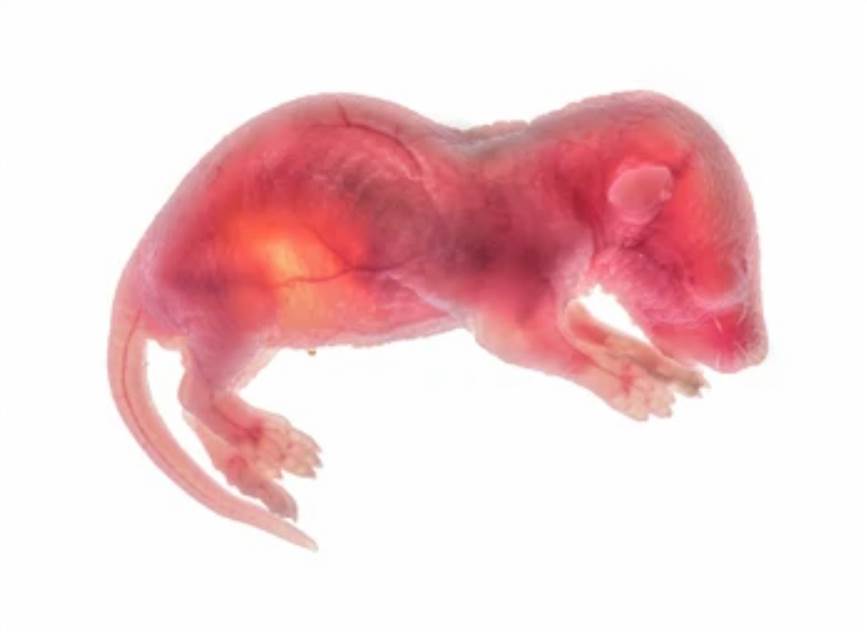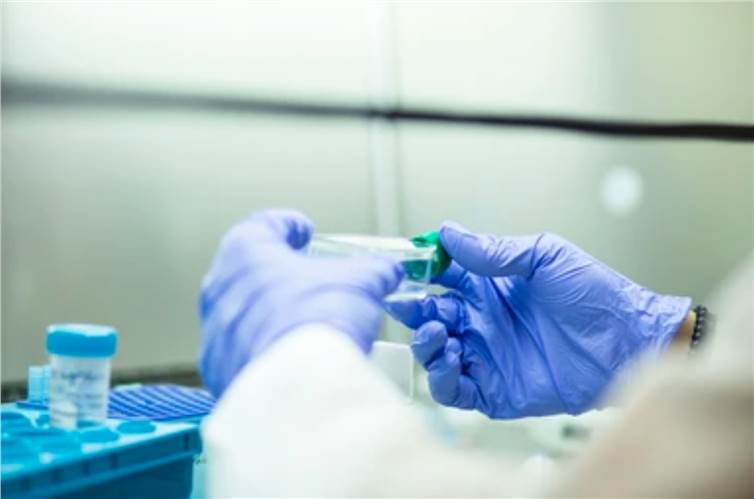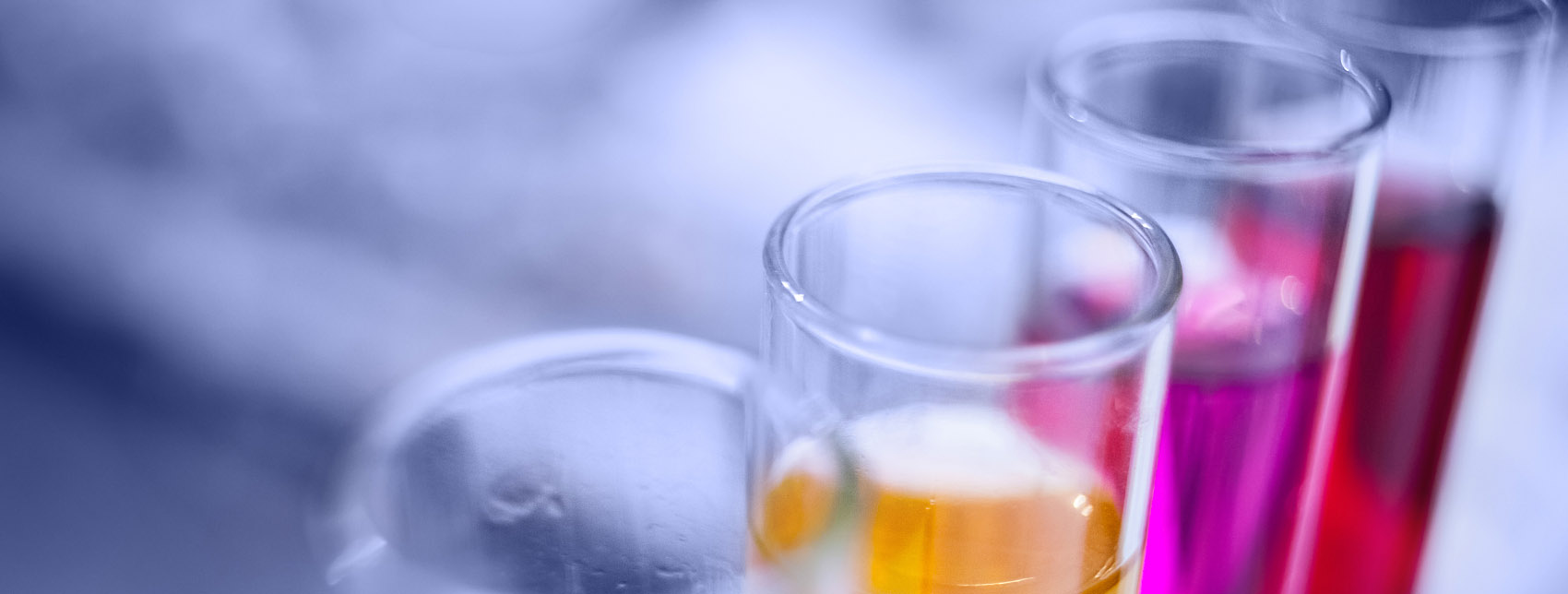Our company offers professional developmental toxicity testing services during pregnancy that can provide clients with general information on the effects of prenatal exposures on pregnant test animals and developing organisms, which may include assessment of maternal effects as well as fetal mortality, structural abnormalities or growth alterations.
Our testing service protocols can be specifically adapted based on specific knowledge of the physicochemical or toxicological properties of the test sample.
Test Range
Veterinary drugs, pesticides, chemicals, fungicides, organic toxicants, solid waste, domestic waste leachate, hazardous waste, sewage, sludge, water quality, surfactants, etc.

About Prenatal Developmental Toxicity Test Service
The following are available from Our company's prenatal developmental toxicity testing service.
Test Animals
Test animals should be characterized in terms of species, strain, origin, sex, weight, and/or age. Our preferred rodent is the rat and our preferred non-rodent is the rabbit.
We artificially light the animal housing rooms in a sequence of 12 hours of light and 12 hours of darkness. For feeding, we use a conventional laboratory diet with an unrestricted supply of drinking water. Mating procedures are performed in cages suitable for that purpose. After mating the animals are housed individually.
Test Methods
We use healthy animals that had been acclimated to laboratory conditions for at least 5 days and had not previously undergone experimental procedures. Animals in all experimental groups have uniform body weights and ages. After mating, we assign mated females to control and treatment groups in an unbiased manner.
We typically use intubation for oral administration of the test sample or vector into the animals. Other routes of administration are available upon request. Test samples are administered at approximately the same time each day.
We perform clinical observations at the same time each day and record the condition of the animals, including changes in body weight, food consumption, mortality, anemia, associated behavioral changes, and all obvious signs of toxicity.
Females are killed and thoroughly examined macroscopically for structural abnormalities or pathological changes the day before the expected date of delivery.

We examine uterine contents, including uterine weight during gestation, the number of corpus luteum in pregnant animals, the number of embryonic or fetal deaths, and surviving fetuses.
We examine each fetus to determine sex and weight, external changes, and skeletal and soft tissue changes.
Prenatal Developmental Toxicity Test Report
The final test report Our company provides includes the following.
1. Specific information on the test sample and the vehicle: Physical properties, physiochemical properties, CAS number, purity, etc.
2. Test animal-specific information: Species and strain, number and age, source, housing conditions, diet, and individual weight of animals at the start of the test.
3. Test conditions: Rationale for dose level selection, details of test sample formulation/diet preparation, details of test sample administration, environmental conditions, etc.
4. Test results:
- Dose-based maternal toxicity response data.
- Number of animals at the start of the trial, number of animals that survived, number of pregnancies and abortions, number of animals that were born prematurely.
- Day of death or whether animals survived to termination during the study.
- Day of observation for each abnormal clinical sign and its subsequent course.
- Weight change and uterine weight during gestation.
- Food consumption and water consumption.
- Autopsy findings, including uterine weight.
- NOELs for maternal and developmental effects.
5. Developmental endpoints by dose for litters with implants, including the number of corpora lutea, number of implantations, number and percent of live and dead fetuses and resorptions, and number and percent of pre-implantation and post-implantation losses.
6. Developmental endpoints by dose for litters with live fetuses, including the number and percent of live offspring, sex ratio, fetal body weight, external, soft tissue, and skeletal malformations and other relevant alterations, the total number and percent of fetuses and litters with any external, soft tissue, or skeletal alteration, as well as the types and incidences of individual anomalies and other relevant alterations.
7. Discussion of the results and final conclusions.
For more information, please feel free to contact us.
Related Solutions
It should be noted that our service is only used for research, not for clinical use.


